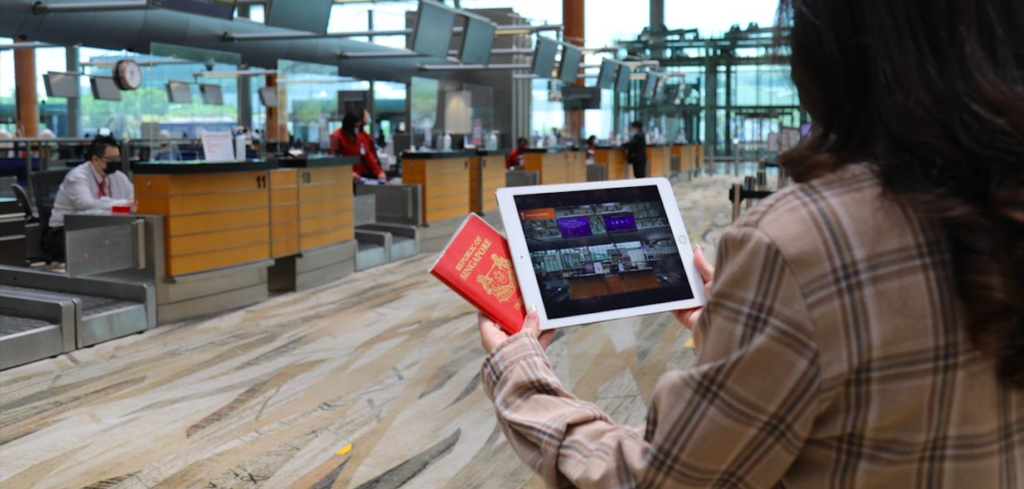Three initiatives have been launched by Changi Airport Group (CAG) to better support travelers with invisible disabilities, such as autism spectrum disorder, down syndrome and dementia.
To create a more stress-free and inclusive travel experience for passengers with invisible disabilities, CAG collaborated with educators from Rainbow Centre Training and Consultancy (RCTC) to develop the Changi Airport Social Story. This is a customizable step-by-step airport guide that enables passengers to familiarize themselves with airport processes. Comprising pictures and short descriptions, a social story is a common tool used by caregivers to acquaint persons with invisible disabilities with the various processes before they reach their destination. The step-by-step guide outlines the entire airport journey from check-in to boarding in a way that is easy to understand. Passengers and caregivers can go through the processes using the pictures in the social story during their pre-flight preparation. This downloadable file can be customized to suit each passenger’s journey and can be accessed on Changi Airport’s website or be printed for physical use.
Passengers may also choose to wear the Hidden Disabilities Sunflower lanyard or the Land Transport Authority’s “May I Have a Seat Please” lanyard. Airport staff have been trained to identify these lanyards and to come forward to offer additional support, such as giving more time for these passengers to complete a particular procedure or guiding them through airport processes. Throughout their airport journey, passengers with invisible disabilities are also supported by Changi Airport staff with the gold Care Ambassador pin. Known as Changi Care Ambassadors, these frontline staff have undergone training with RCTC and are equipped with the skillset to assist passengers with special needs effectively. Approximately 300 frontline staff from various passenger touchpoints been trained.
Damon Wong, vice president of Changi Airport Group’s passenger experience, ground operations and customer service, said, “Navigating unfamiliar places and procedures while catching a flight can be stressful, especially for passengers whose disabilities may not be immediately apparent. We worked closely with experts and sought feedback from the community on how we could better support their needs at the airport. The initiatives aim to improve the overall travel experience for passengers with invisible disabilities and we hope it makes the airport a more comfortable and accessible place for them.”
Arthur Elfin Chiang, assistant director of Rainbow Centre Training and Consultancy, said, “Rainbow Centre is heartened to know that CAG is taking steps towards being an inclusive airport so passengers of disabilities can be better served and included. This aligns extremely well with Rainbow Centre’s vision of empowering persons with disabilities so they can thrive in inclusive communities. Through capability building of CAG staff and airport partners, we hope to bring about a mindset shift towards inclusion and disability. With the adoption of inclusive practices by CAG to interact with and support persons with disabilities at the various airport touchpoints, we are confident that their user experience at the airport will be uplifted.”


